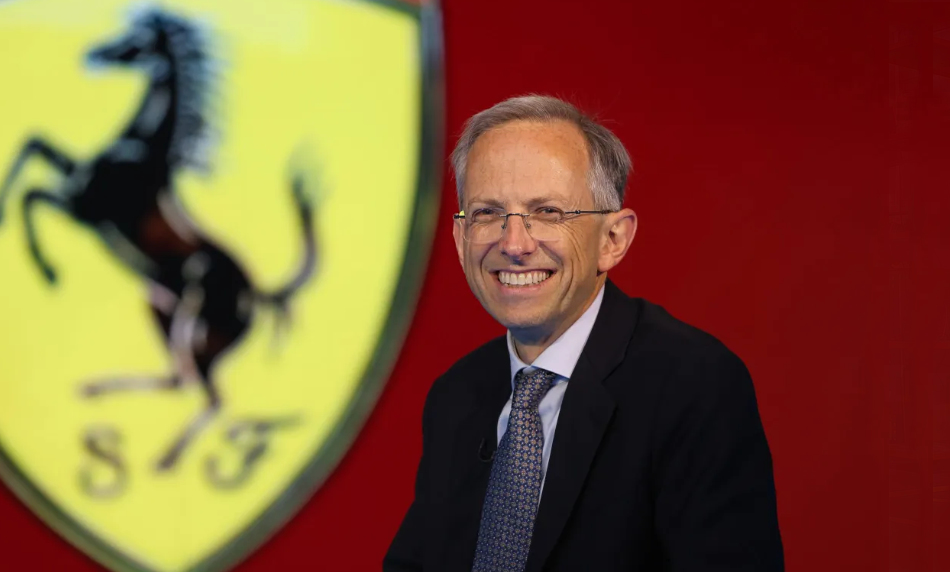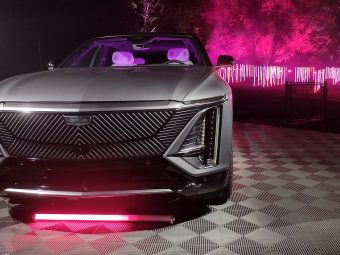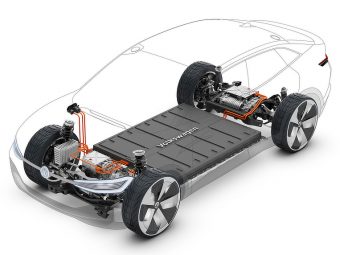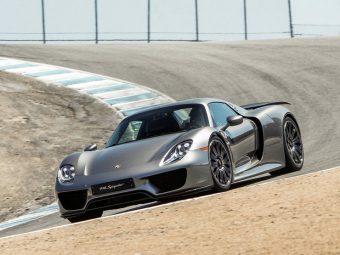Ferrari’s recent market reaction underscores a tension between investor expectations and the realities of strategic transition in the automotive sector. Shares fell more than 16%, erasing €13.5 billion ($15.7 billion) from the company’s market capitalisation, after the luxury carmaker set 2030 revenue targets of €9 billion — a modest increase from €7.1 billion today, but below market forecasts.
CEO Benedetto Vigna stressed that achievable targets must take precedence over speculative ambition, reflecting a prudent approach to long-term planning. Simultaneously, Ferrari unveiled the inner workings of its first electric vehicle, the Elettrica, revealing a production-ready chassis with battery and electric motors, though pricing remains undecided.
The company’s shift to a 40% ICE, 40% hybrid, and 20% fully electric lineup by 2030 signals a tempered approach to electrification compared with its 2022 vision, which had called for a more aggressive EV rollout.
Analysts and investors had anticipated more dramatic figures, but the recalibration reflects market realities: consumer demand for high-performance electric luxury vehicles remains constrained, and technological and supply chain considerations remain critical.
From a broader perspective, Ferrari’s announcements illustrate the challenges that even the most iconic automakers face in balancing financial prudence, technological innovation, and environmental transition.
The unveiling of the Elettrica marks an important milestone, but it also underscores the difficulty of aligning long-term sustainability goals with shareholder expectations in a sector undergoing rapid systemic change.







